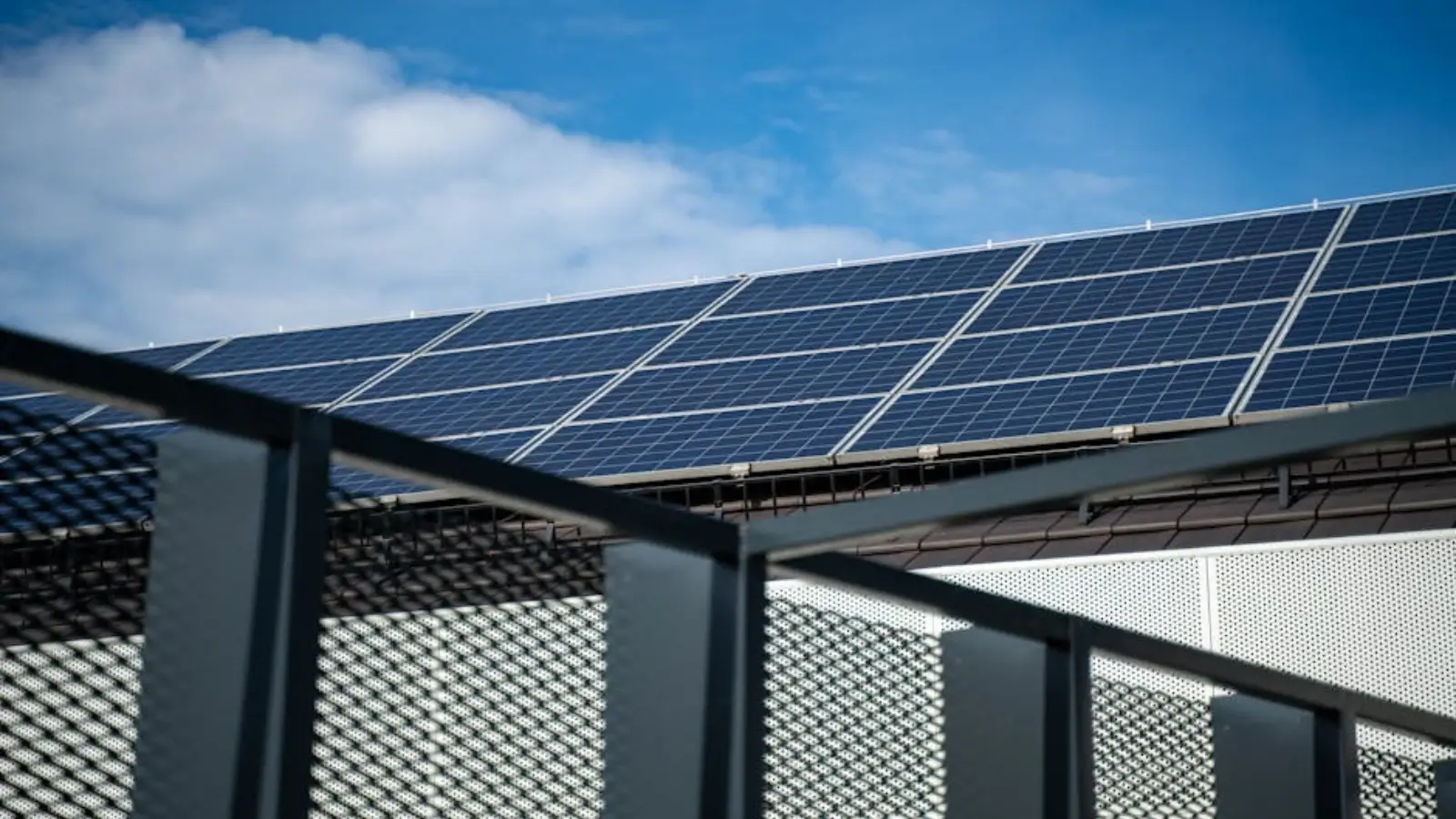


Most small and mid-sized businesses don’t think too much about the roofing system that’s over their heads, until storms, leaks, and abnormally high energy bills force attention toward commercial roofing.
But what’s important for today’s businesses to understand is that the latest energy-efficient roofing systems offer an incredibly smart investment opportunity—which actually comes with significant, long-term returns.
We recently interviewed the commercial roofing specialists at Roofs by Warren based in London, OH to better understand what the ROI is for small businesses on a roofing repair/installation budget, and we’re incredibly pleased to announce that there are some tangible improvements that roofing upgrades provide businesses of all sizes.
So, check out the below sections to see how the ROI on energy-efficient commercial roofing systems are all about lowering operating costs, managing your company’s public image, and creating fewer headaches for you and your entire team!
It’s no secret how most small businesses operate on tight budgets, which is why utility costs are often expenses that discreetly leak into an owner’s profits.
But what’s great about energy-efficient roofs is that they utilize state-of-the-art insulation and reflective materials to keep commercial properties significantly cooler during the summer and much warmer during the winter.
These improved building temperatures subsequently allow largescale HVAC systems to not run quite as hard or as frequently, which is why businesses who make these types of roofing upgrades often see 20-30% cooling cost reductions.
And for small businesses with a lot of square footage, this could equate to thousands of dollars in savings per year!
It’s no secret how commercial roof replacements can be very expensive, and this can be troubling for businesses with cash flow issues.
UV rays and extreme heat can often break down roofing materials over long periods of time, but what’s great about today’s energy-efficient roofing systems is that they’re capable of absorbing less heat and subsequently experiencing far less wear and tear.
This often adds 10+ years to an energy-efficient roof’s lifespan, which delays major expenses and frees up a company’s funds for other investments.
It’s also crucial for small and mid-sized businesses to know that there are many tax rebates, deductions and energy credits available to them when they upgrade to energy-efficient roofing systems.
However, the big caveat here is that President Trump’s Big Beautiful Bill has now put the future of these incentives up in the air starting in 2026—which is why countless businesses need to act now if they’re interested in pursuing these types of property investments.
But in general, the current government programs do a great job at significantly shortening the time that it takes for companies to see a tangible ROI on commercial roofing projects!
If you’re a building owner and you rent out some of your space to other businesses, energy-efficient commercial roofing investments can dramatically improve tenant interest due to their lower operating costs.
Your partners and customers will also notice when you invest in sustainability and quality, which will ultimately reflect well on your brand and potentially become a part of your marketing strategy!
Emergency roofing repairs can be a serious budget killer for small businesses, but the good news is that today’s high-performance roofing materials are specifically designed to better withstand temperature swings, harsh weather and UV damages.
The results are less water damages, fewer leaks, and far fewer roof repair appointments!
In a lot of communities, eco-conscious businesses get prioritized due to their responsible choices and investments.
By actively trying to reduce your building’s carbon footprint, you’ll be showing your customers that you truly care about the environment.
This means that you won’t just save money in the long run, because you’ll also reap the rewards of community goodwill, word-of-mouth referrals, and potentially even local media attention.
Every dollar counts for small businesses, which means that every investment decision subsequently counts as well.
And although energy-efficient roofing systems might come with a higher upfront cost in comparison to standard roofs, the ROIs on these roofs typically pay for themselves in about 3-5 years.
And once you’ve made your investment back, you’ll start seeing profit margin increases due to fewer repairs, lower utility bills, and a much strong brand reputation.
So, it’s important to remember that these types of commercial roofing investments aren’t just about getting your building a new roof, because they’re also strategic assets that work on your behalf each and every day!